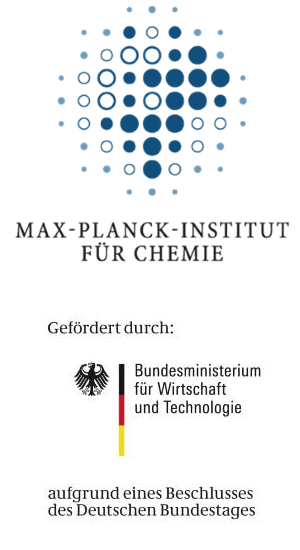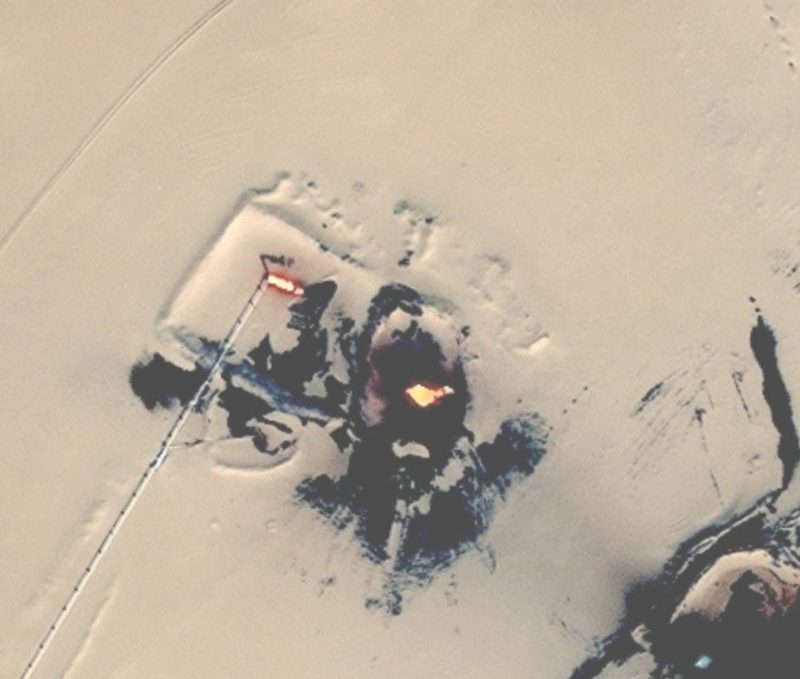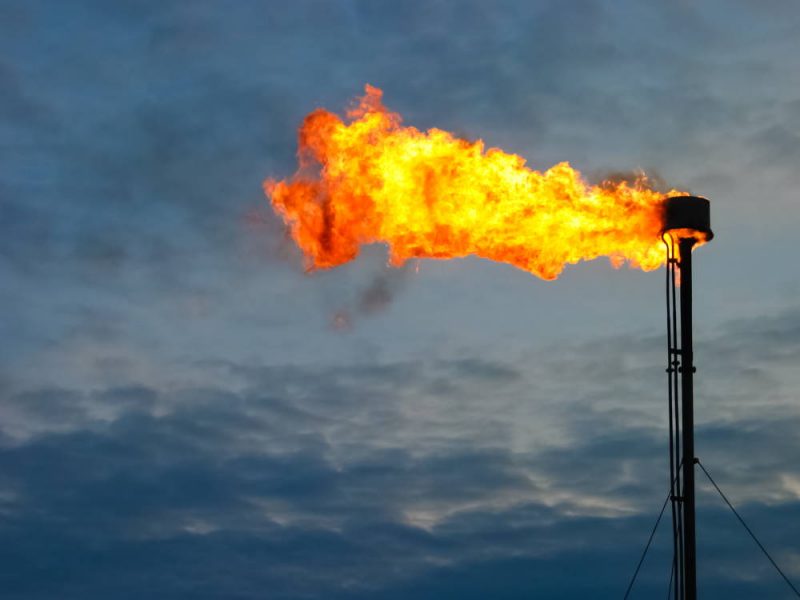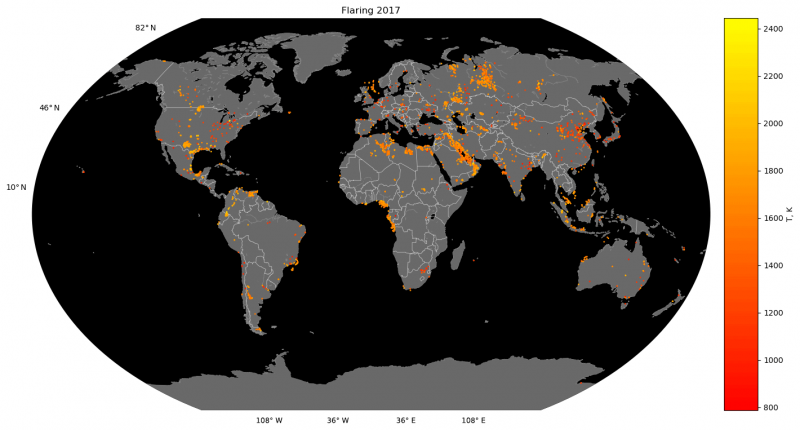
Emissions from gas flaring
Summary
Industrial gas flares in oil production lead to soot emissions, which can intensify climate change, especially in high northern latitudes. In a global analysis, a data set was developed together with the Max Planck Institute for Chemistry to estimate these emissions using data of the European Sentinel-3 satellite.
Additional informationen
Customer/Partner

Max-Planck-Institut für Chemie
Gefördert durch das Bundesministerium für Wirtschaft.
Your personal contact:

Gernot Rücker
+49-89-1893789-36
gruecker@zebris.com


